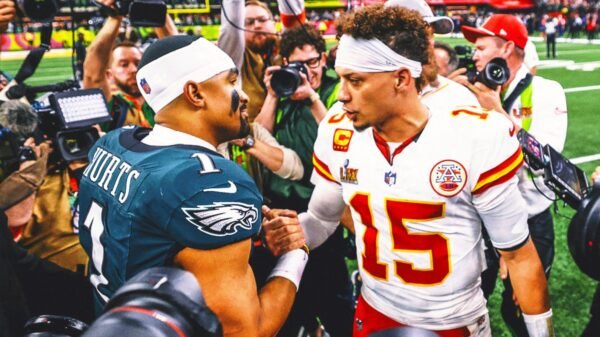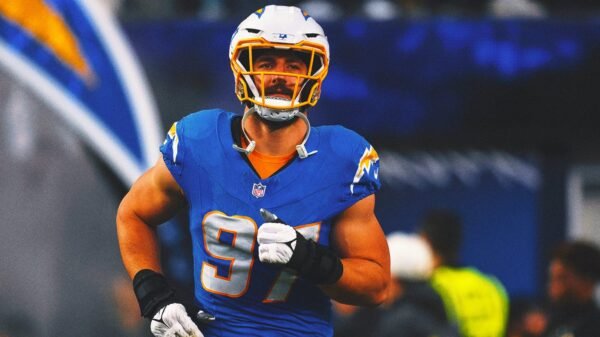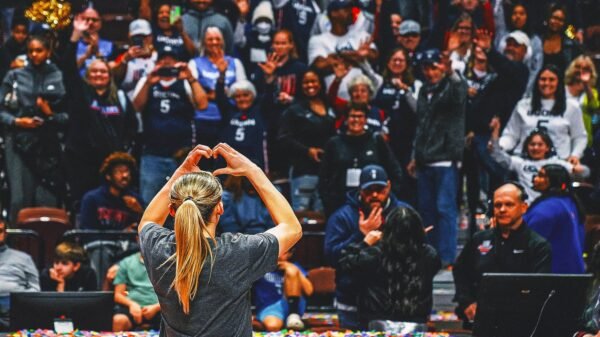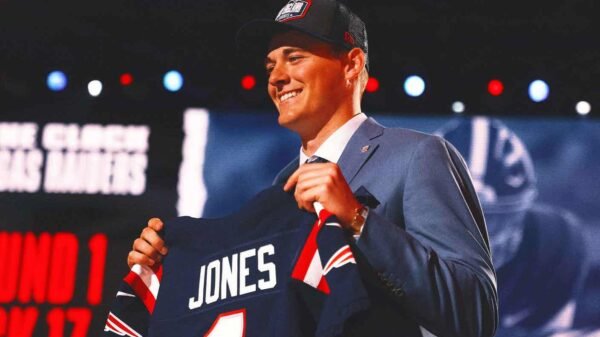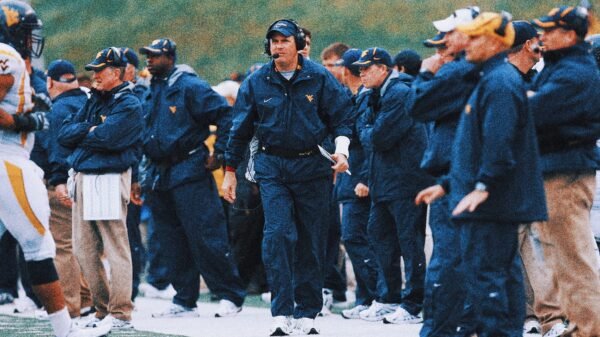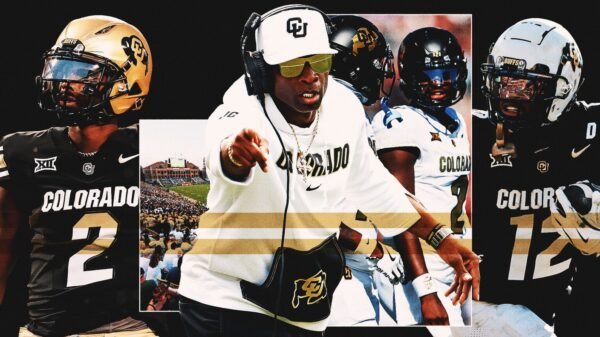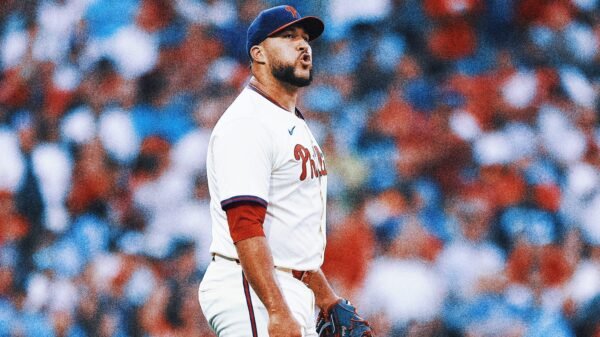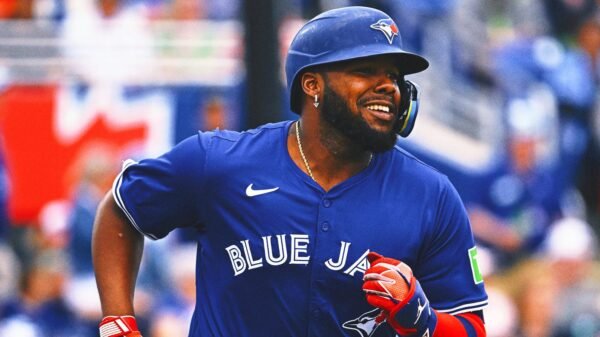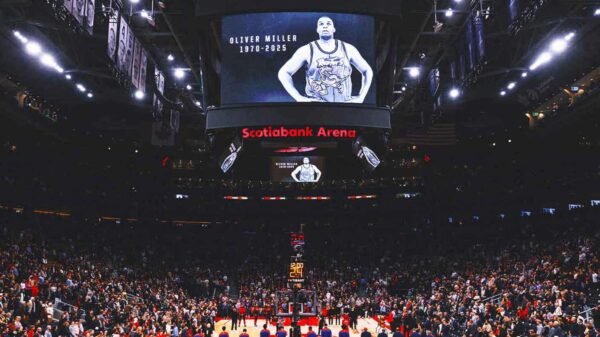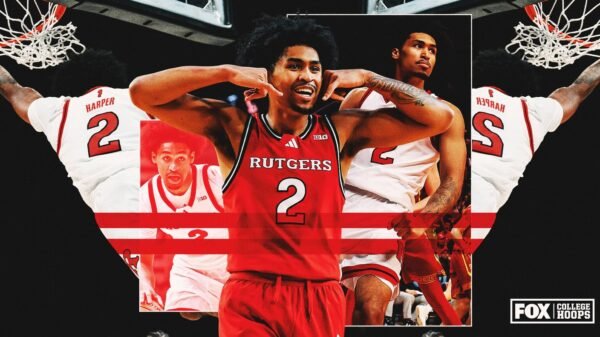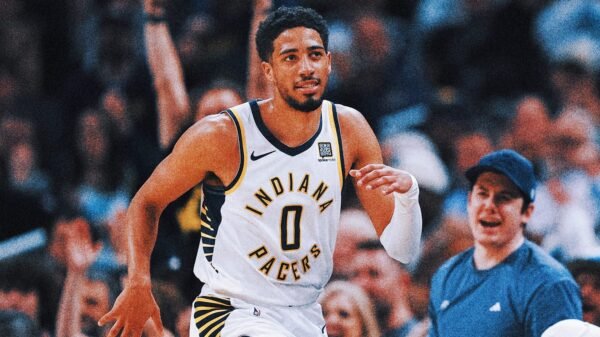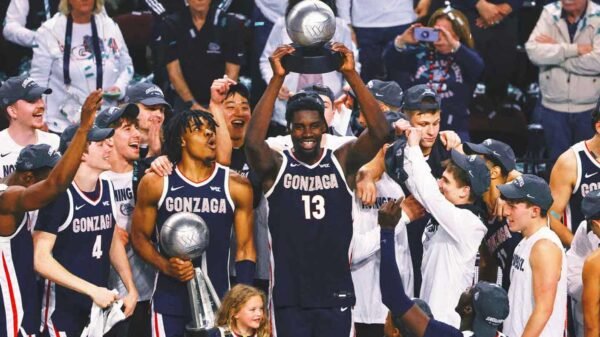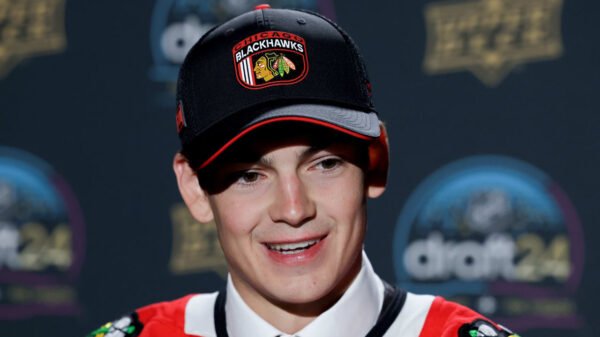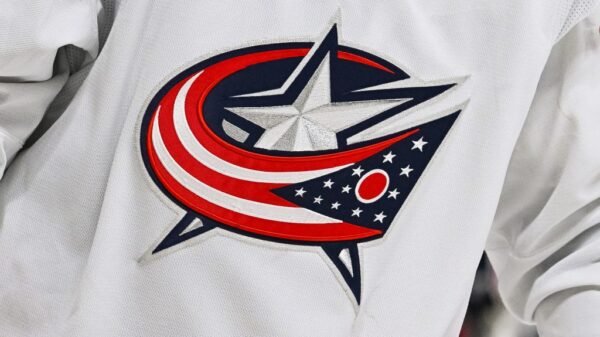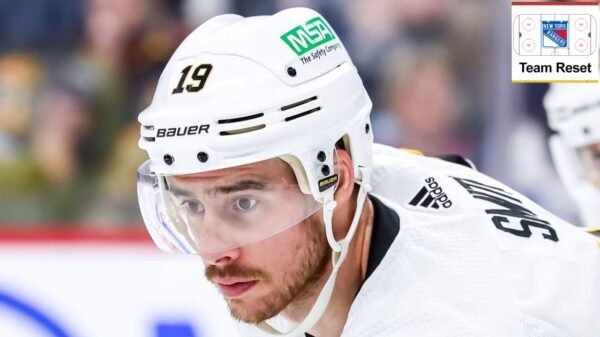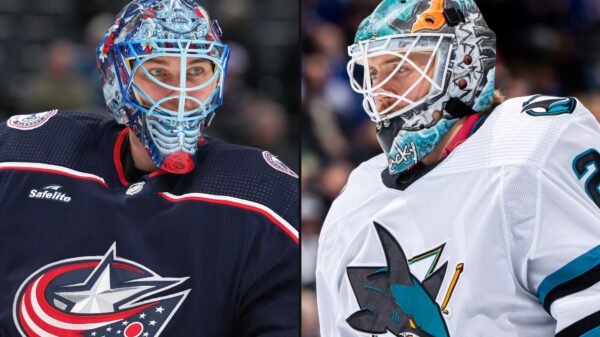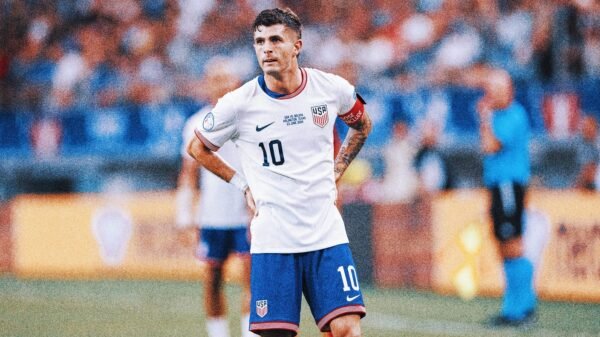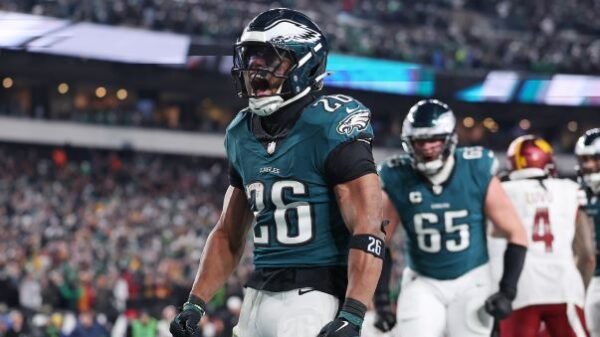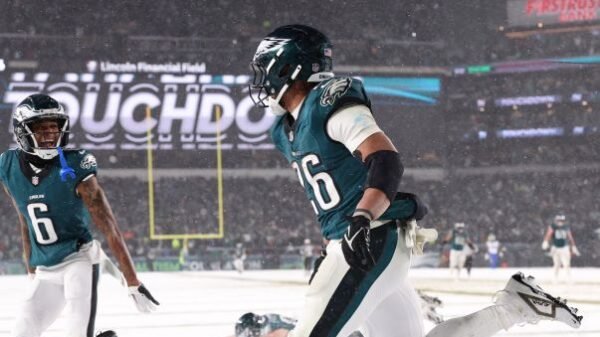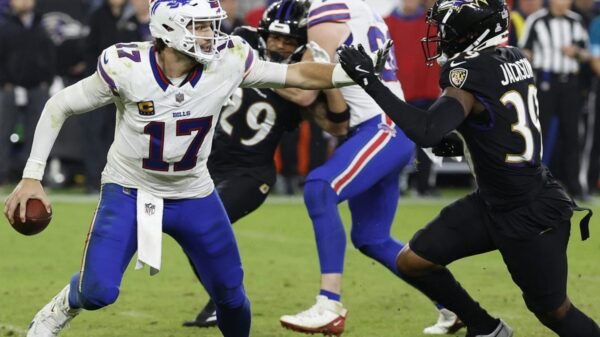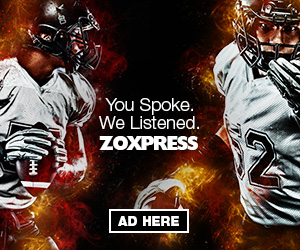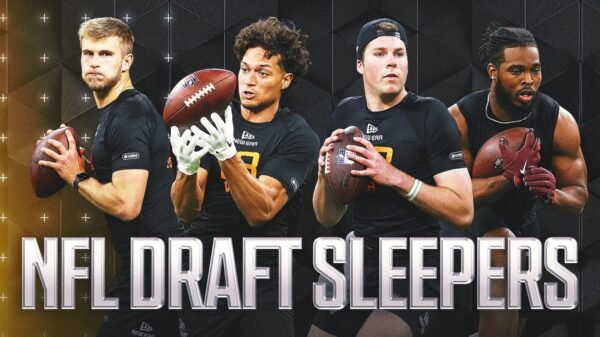Plaintiff’s attorneys plan to file the long-form agreement in the NCAA’s House, Hubbard, and Carter antitrust cases next week, but final edits from athletic leaders in four power conferences might delay this. The agreement, aimed at formalizing terms set in May, focuses on the ending of scholarship caps while setting new roster limits and creating a revenue-sharing model. While the details on roster sizes, enforcement, and revenue caps are being debated, these specifics aren’t required for the court filing.
Decisions on future roster sizes are being negotiated, with football being the most contested sport. Eachpower conference proposed football roster limits between 95 to 115, though a final decision hasn’t been made. The settlement also establishes that disciplinary actions will be handled by a neutral, independent arbiter rather than the NCAA. This shift aims to address enforcement impartially, removing NCAA’s committees from the process.
The revenue-sharing model caps at 22% of average revenue from TV, ticket sales, and sponsorships sans donations. This cap is estimated to start in the low $20 million range in the first year and will increase 4% annually in the initial three years. A re-evaluation in Year 4 is expected to reflect growing revenue streams from new TV and sponsorship deals. Over 10 years, athletes from major conferences are projected to gain close to $20 billion, or about $28 million per school annually.


